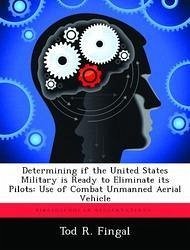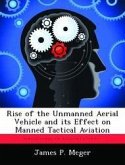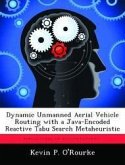This study investigates the viability of replacing manned aircraft with unmanned combat aerial vehicles in the armed reconnaissance mission. Increased costs associated with operating a viable Air Force combined with a growing aversion to human, combat losses have prompted military leaders to look for alternate means of conducting warfare. The unmanned combat aerial vehicle provides the future warfighter the capability to strike at the enemy without placing a pilot at risk, and the costs associated with operating the system are much lower than those of manned aircraft. The study identifies the tasks required to conduct the armed reconnaissance mission and compares them to the tasks current unmanned systems can accomplish. Unmanned aerial vehicles currently perform many reconnaissance, surveillance and targeting missions, and unmanned combat aerial vehicles are in the military's concept development stage. They provide many of the capabilities needed to accomplish the armed reconnaissance mission. To determine if the United States military should pursue the goal to replace manned aircraft with unmanned combat aerial vehicles, the study compares the strengths and weaknesses of both systems. The study concludes that the military should continue to develop unmanned systems capable of conducting the armed reconnaissance mission, but emphasis should not center on replacing manned aircraft. Rather, the unmanned combat aerial vehicle should be developed as a force multiplier and employed when the combat situation favors its use.
Hinweis: Dieser Artikel kann nur an eine deutsche Lieferadresse ausgeliefert werden.
Hinweis: Dieser Artikel kann nur an eine deutsche Lieferadresse ausgeliefert werden.








